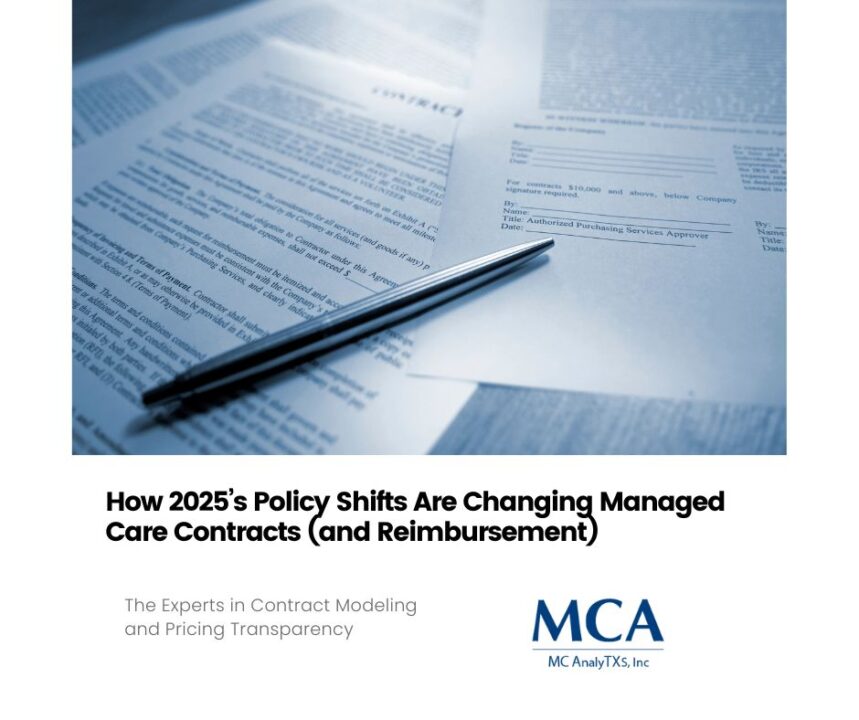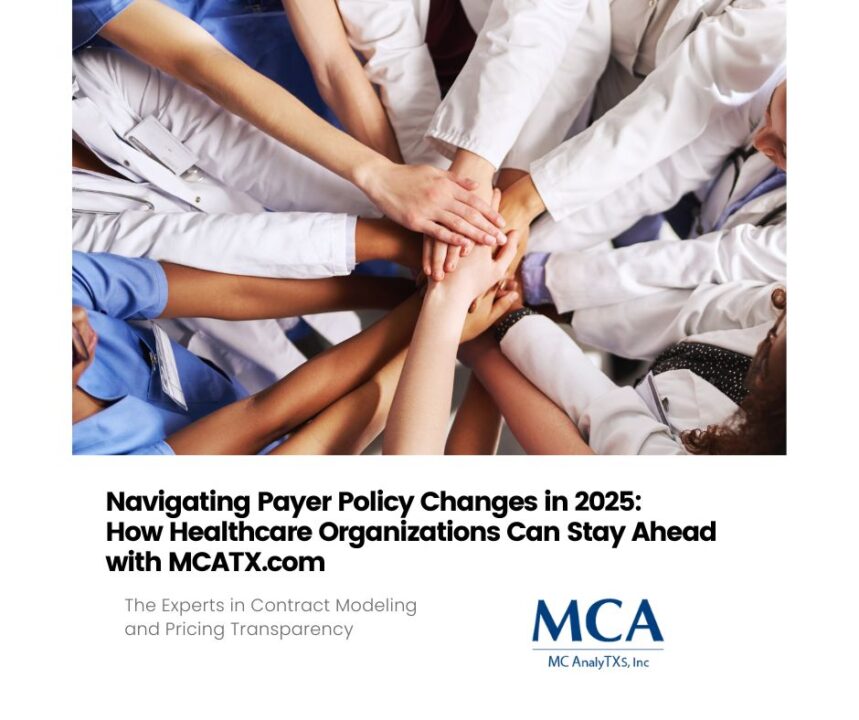
How Hackers are Targeting Hospitals for Financial Theft
January 24, 2024
Unlocking Immediate Revenue: How Inefficient Onboarding Can Hurt Your RCM Bottom Line
January 29, 2024The past year-and-a-half has opened everyone’s eyes to the importance of revenue cycle management (RCM) for hospitals and health systems across the country. With the healthcare industry being one of the costliest sectors, healthcare executives are looking to streamline costs, increase reimbursement, and make better use of their financial resources.
In this article, we’ll discuss why hospital and health system executives are focusing on RCM improvement over the next 12 months, how they plan to enter 2025 in a more financially stable position, and how they can make an impact and navigate this ever-evolving healthcare landscape.
The Importance of Revenue Cycle Management
The revenue cycle in healthcare is a process that is critical to a hospital’s financial health. RCM involves everything from patient registration and encounter forms to insurance eligibility verification, charge capture, coding, billing, and collections. The revenue cycle can also include back-end processes, such as appeals and denials management. Hospitals and health systems that manage their revenue cycle effectively are in a better position to maximize revenue and minimize costs.
RCM improvement has gained prominence in recent years as healthcare organizations face shrinking margins. Factors such as declining reimbursement rates, increased regulatory requirements, and rising patient financial responsibility mean that healthcare organizations have to manage their finances strategically.
The Transition to Value-Based Care
Healthcare is transitioning from a fee-for-service model to a value-based care model. In a value-based care model, healthcare providers are reimbursed based on the quality of care provided to patients instead of the number of services provided. This shift in reimbursement methodology means that healthcare providers must optimize their revenue cycle management to ensure that they collect all the necessary data to report on quality metrics and demonstrate that they are providing high-quality care.
How Hospitals and Health Systems are Aiming for RCM Improvement
Healthcare executives are focusing on RCM improvement as a means to maintain financial viability, and they have adopted several strategies to achieve this. Some of these strategies include optimizing charge capture and coding processes, automating workflows, streamlining their billing processes, and enhancing patient engagement strategies.
They are also leveraging healthcare technology platforms that can help optimize their revenue cycle. These tools can help hospitals and health systems gain better insight into their financial performance, reduce the administrative burden associated with billing and collections, and facilitate the transition to value-based care.
The Role of Financial Leaders in RCM Improvement
Given the complexities involved in revenue cycle management, financial leaders play a vital role in healthcare organizations. They are responsible for optimizing revenue cycles, ensuring their organizations have the financial resources required to provide high-quality care, and driving financial performance.
To achieve this, financial leaders must understand the nuances of healthcare revenue cycles, implement effective processes and technologies, and continually evaluate their strategies for effectiveness.
Conclusion:
As healthcare organizations continue to face financial pressures, revenue cycle management has become increasingly important. Healthcare executives are focusing on RCM improvement to maintain financial viability and make good use of their financial resources. To achieve this, hospitals and health systems are transitioning to value-based care, optimizing their charge capture and coding processes, automating workflows, and enhancing patient engagement strategies.
Financial leaders play a vital role in revenue cycle management, driving financial performance and making strategic decisions to optimize revenue cycles. By implementing effective processes, leveraging the right technologies, and continually evaluating their strategies, financial leaders can help their organizations enter 2025 in a more financially stable position.





